You can view all the posts in the epic “Writing a Maths Scheme of Work” series on this page. It’s kind of like Game of Thrones, only with slightly less nudity and dragons.
Now, in case you read the title of this post and think “not those old Standards Units again, give us something better than that” – please can I just borrow your attention for a few more 100 words. Hopefully it will be worth it.
Now, if you have survived this long into this series of blog posts about writing a maths scheme of work (my girlfriend gave up on Part 5, my Mum never got started), you will know that I am currently trying to populate our chosen order of topics with rich tasks. Specifically, for each Topic Unit, I want a really high quality compulsory rich task that every teacher and class do.
Now, there are several of my favourite sources of these rich tasks that I will talk about in future posts (I covered the outstanding Median by Don Steward here, and creating our own rich tasks here), but in this post I want to talk about an old classic… the Standards Units!
Now, if you have never seen/heard of the Standards Units (also known as “Improving Learning in Mathematics”) resources before, then make sure you are sitting securely, as this could just blow you away! And if you have heard of them, they are definitely worth a revisit.
They are a series of rich, thought-provoking tasks that cover a wide variety of mathematics, both in terms of content (number, algebra, shape and data are all represented) and ability (they have tasks suitable for Year 7 right up to A Level).
The Standards Units were given out as hard copies to all schools a good few years ago now. They are also available as pdfs, and crucially one lovely teacher has made them “Classroom Ready” and put them into PowerPoints with tons of extra materials! 🙂
Let’s take a look at a couple that have gone straight into our new scheme of learning as compulsory rich tasks.
N9 – Evaluating Negative Number Statements
Each activity comes with Starting Points, Mathematical Goals and Materials Required.
I also really like the Suggested Approach, which gives you a really clear overview about how the task might take shape.
And then there is the task itself, which in this case is a lovely rich Always, Sometimes, Never activity on the rules of Negative Numbers. It is a great way to provoke high level discussion between students and to identify any nasty misconceptions they may have. You can also get some good display material out of it! 🙂
But there is still a decent amount of thought and work to do in order to turn this into a lesson. But, fear not! Because mature_maths_trainee on TES has kindly created “Classroom Ready” versions of many of the Improving Learning in Mathematics resources.
These consist of really nicely designed PowerPoints, each with questions, prompts, notes and often examples of the activities in action.
Here are some screen shots from this particular PowerPoint:
How good is that! 🙂
To download the pdf click here
To download the PowerPoint click here
SS2 – Understanding Perimeter and Area
Another classic activity to investigate the links between perimeter and area:
More useful information
And a Suggested Approach that talks about the advantage of having an Excel Spreadsheet.
Well, what do you know, mature_maths_trainee has only gone and produced that as well! 🙂
And here is a screenshot from the Excel file:
And there we have a complete lesson that gives us a really rich look at the relationship between perimeter and area, that consolidates the basics, with the opportunity for the students to investigate, predict, explain, and even generalise which may then lead onto a solid introduction to Algebra.
For the pdf of the activity, click here
For the PowerPoint, click here
For the Excel file, click here
Getting these activities
Now, this post would be a bit of an anti-climax if at the end I didn’t tell you where to get all these wonderful activities. But I wouldn’t be that mean.
One happy half term a few years ago I uploaded all the pdfs to TES, so just click here to get them (it is free to register and download). Notice there are also loads of other wonderful resources from the National Strategies sat there waiting to be delved into!
And for the wonderful set of classroom ready materials, just click here. Thanks again to mature_maths_trainee for taking the time to create these and then being good enough to share them. I love teachers!
I hope you find this useful as I did. As I say, I think these are a fantastic basis for some of my compulsory rich tasks for the maths scheme of work. Variety is the spice of life (and maths), so I won’t be using these for everything, but some are just too good to ignore!
Like any rich task (or any task at all, actually), it is crucial that you have a go yourself as a maths department. Play around with the tasks, think where your students are likely to get stuck, what questions they will have, what prompts you will give them, how you will challenge them, how you will support them. It is only by doing these kind of tasks ourselves and getting excited about them that we can get our students on board.
In the next few posts we will take a look at some of my other favourite sources of rich tasks.
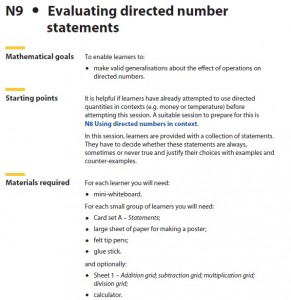
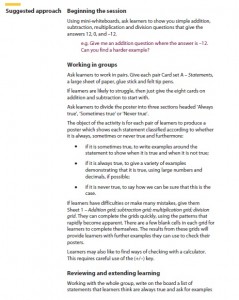
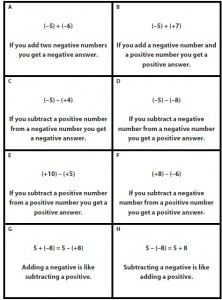
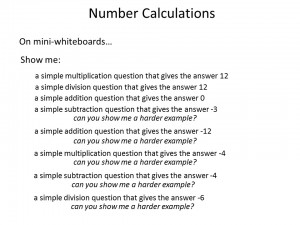
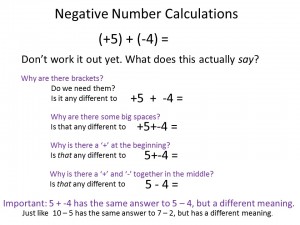
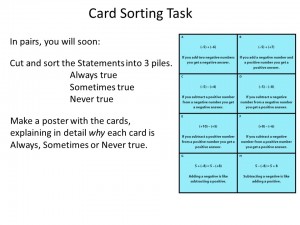
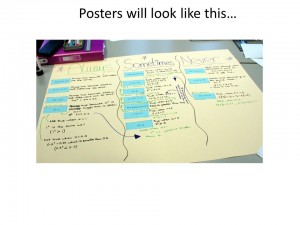
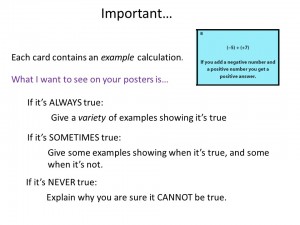
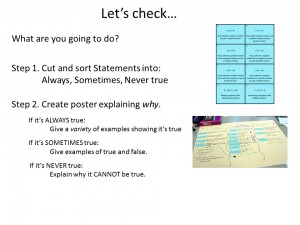
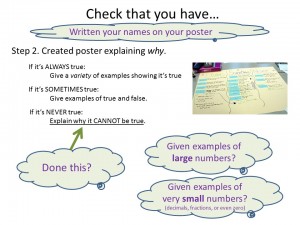
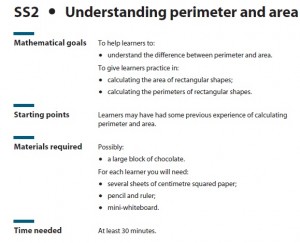
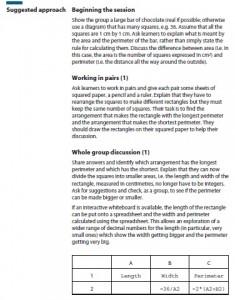
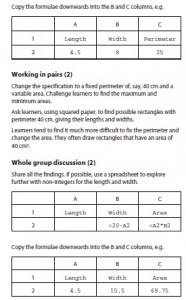
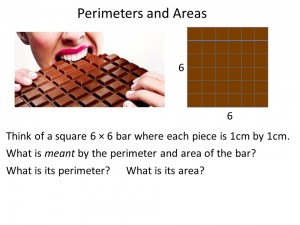
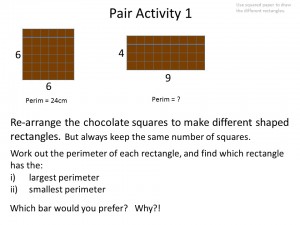
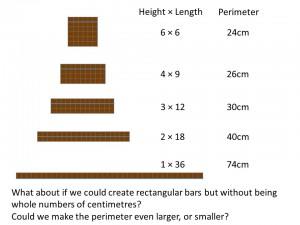
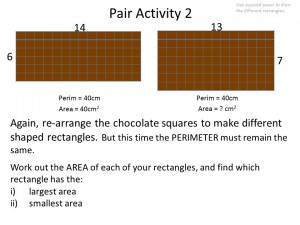
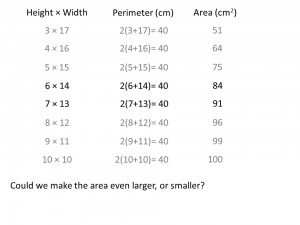
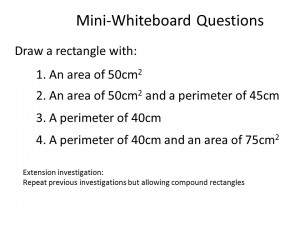
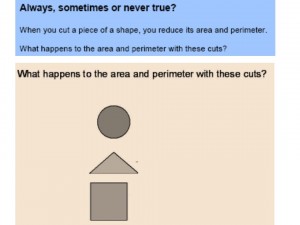
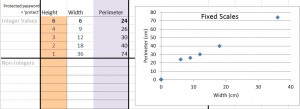
Many thanks Craig. Appreciate the links to the valuable and comprehensive resources. Interesting discussion points too.
Thanks Craig, I regularly use these units as they are an excellent resource. It was great to find you had uploaded them as I struggled to find them initially.
Thanks Sarah,
There are some other excellent resources along similar lines to the Standards Units on that TES Collection page as well
Craig